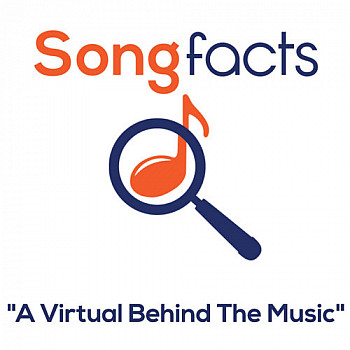
Hey, our system thinks you're a bot.
This could be because you're using an anonymous Private/Proxy network, or because suspicious activity came from somewhere in your network at some point. Anyway, please solve the CAPTCHA below and you should be on your way to Songfacts. Sorry for the inconvenience.